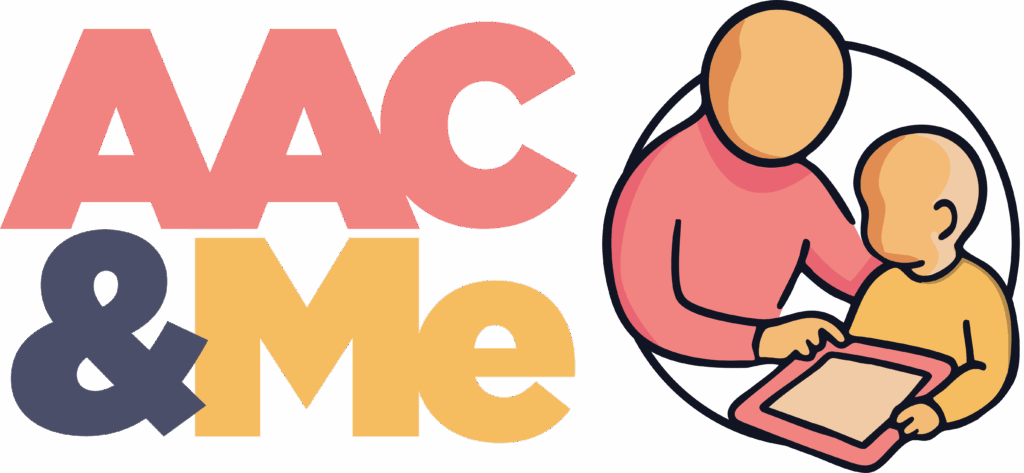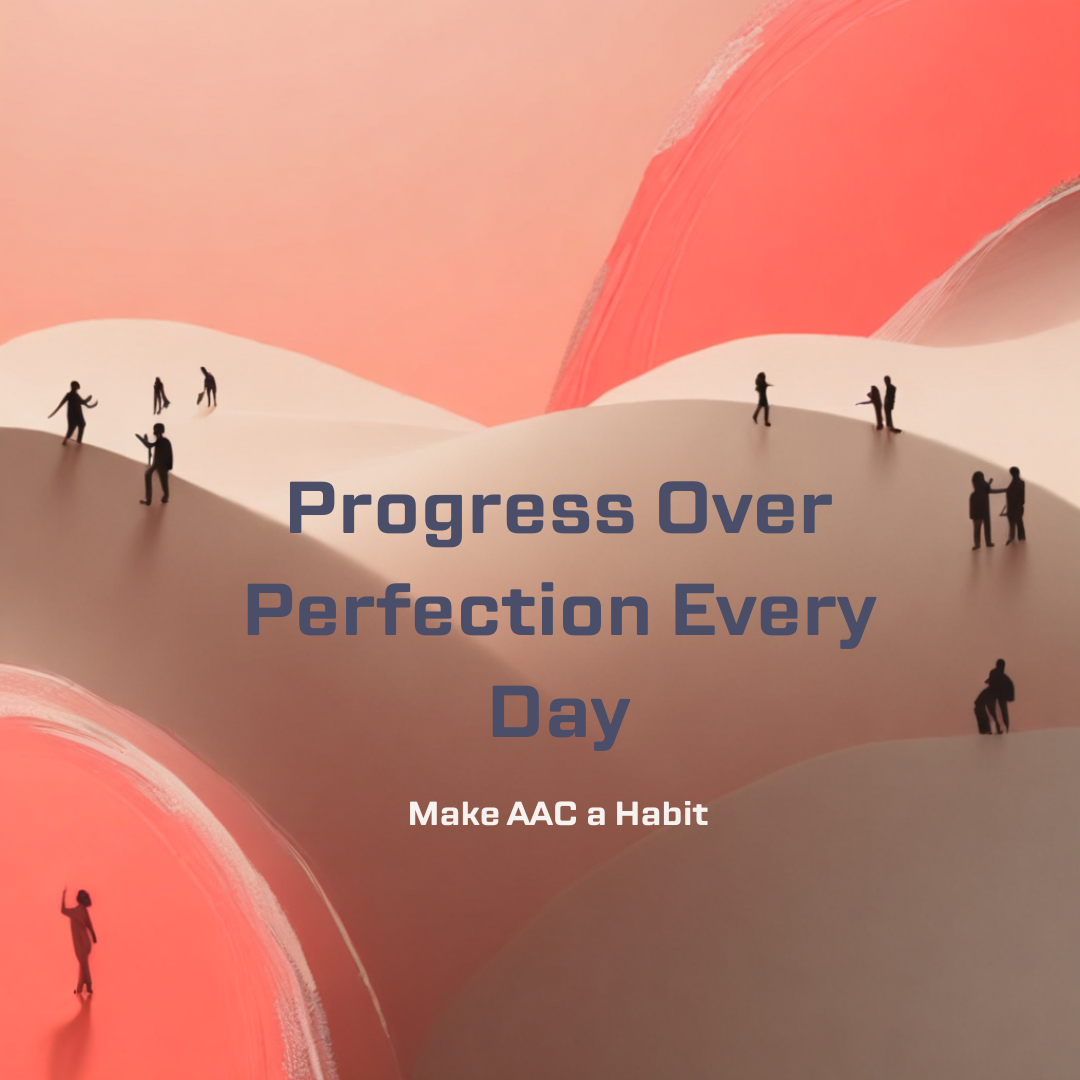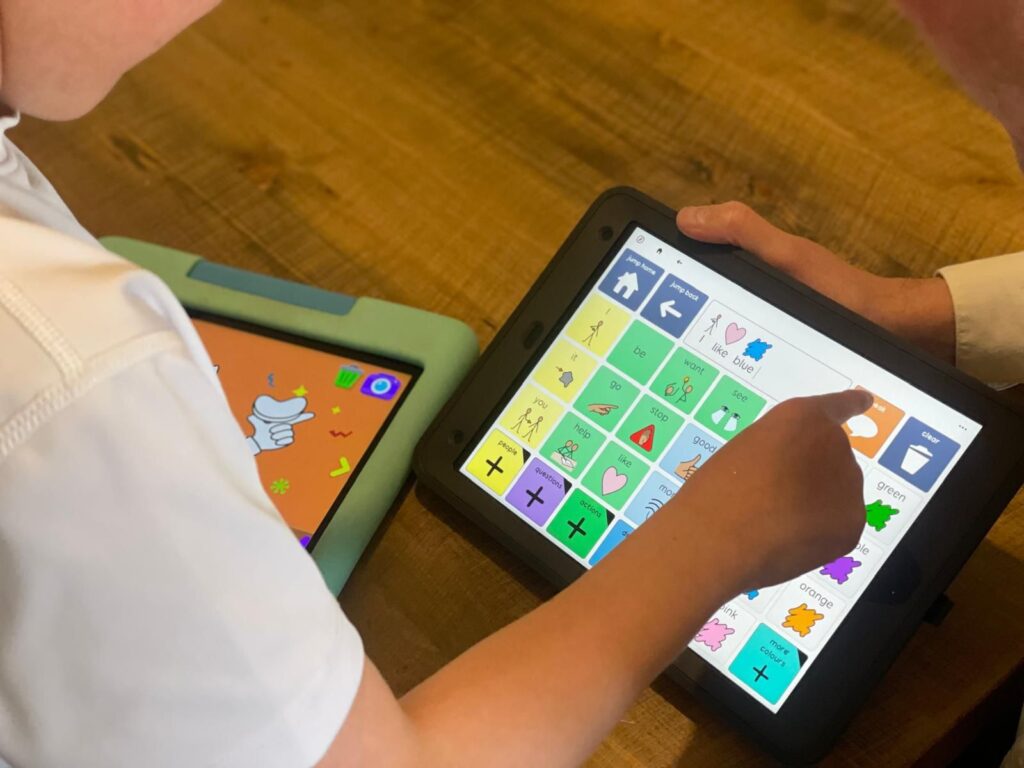I have been reading some wider philosophy lately, and something really struck me. There are clear parallels between what I was reading and what it is like to teach or learn AAC.
In AAC, there is no shortage of theory. We have research papers, frameworks and well-designed approaches that set out exactly what should happen to help a person develop communication skills. These are valuable. They give us direction, vocabulary and a shared understanding.
But real life is not as tidy as the diagrams and training slides suggest. The perfect conditions for applying theory rarely appear.
It’s Not “Anything Goes”
This is not to say that theory does not matter. Theories serve a purpose. They give us a starting point, help us understand why something works and keep our practice grounded in evidence.
But we cannot always treat real life as if it will neatly follow the steps in a manual. Classrooms get noisy, devices need charging and people have off days. Holding out for the perfect set-up often means never getting started at all.
Theories in AAC
Some of the most influential AAC and learning theories include:
- Aided Language Stimulation: Modelling language on the AAC system as you speak, giving consistent exposure to vocabulary in context.
- Motor Planning: Keeping vocabulary in a fixed position so the AAC user builds muscle memory over time.
- Modelling Without Expectation: Similar to Aided Language Stimulation but with an explicit focus on not pressuring the AAC user to respond.
- Zone of Proximal Development (ZPD): The idea that learning happens best when we are stretched just beyond what we can currently do, with the right support.
Many practitioners simply group Aided Language Stimulation and Modelling Without Expectation together under the term “modelling”. While closely related, the distinction can be useful for those wanting more detail.
The Reality Check
Before I started the Northallerton Communication Club, it was rare that I would be in a room with so many different AAC devices, software types and individuals with their own unique needs all at once. That could have been intimidating. It was well outside my comfort zone. But over time, it became my practice. The variety, the unpredictability and the occasional tech hiccups all became part of the learning.
That is the ZPD in action. You grow by stepping into that space just beyond what feels comfortable.
Why Habit Beats Waiting for “Perfect”
Think of Windows software. It is never released in a flawless state. Updates are part of the process. If Microsoft waited until it was perfect, it would miss the opportunity to improve based on real-world use.
AAC is the same. Waiting until you know every theory, or until every resource is in place, means missing the chance to build confidence, experience and communication habits.
My Guitar Analogy
I have been playing guitar for over twenty years, but it is only in the past two that I have truly grown as a player. The difference is habit.
I now practise every morning for at least 15 minutes. Sometimes I will spend weeks on the same tricky piece, playing it over and over until I can play it well enough to move on. I never aim for perfection, just better than I was yesterday.
I wish I had this mindset when I was younger. Back then, I was aiming for perfection, which meant I often avoided the uncomfortable work that actually helps you improve. Now, I see there is no such thing as perfect. I am not in competition with anyone else, just myself.
Start Today, Start Small
If you work with or support an AAC user, you do not need to wait until everything is lined up perfectly before starting. You just need to start.
- Model one core word every day.
- Use the device in one consistent daily routine.
- Step into situations that challenge you. That is where growth happens.
Theories guide us, but habits change lives. In AAC, progress over perfection is what makes the difference.
If you are a school, teacher or case manager who would like to learn more about how AAC and Me can support you in choosing the right tools and routines for making AAC a habit, please get in touch.


